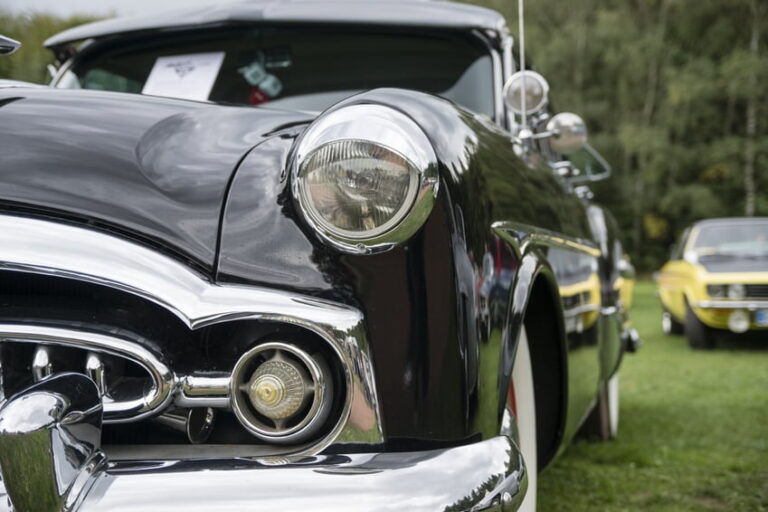Probably, there is not a single man who would not have a dream of a beautiful car, seen as a child in some cult film, or his father’s automobile magazine. For many of these dreamers, if not all of them, this is still just a dream.
It was from such people that the first enthusiasts appeared back in the mid-50s of the last century, who decided to bring to life what would have remained a fantasy, namely the manufacture of replicas or, more simply, copies of rare or just insanely expensive cars.
The topic is not new, similar projects can be found anywhere in the world, especially in the United States, which accounts for most of these machines. The demand is large enough and ranges from private collections to orders for Hollywood, but nowhere is this put on stream. It is irrefutable that with an increase in the volume of production, the cost of production decreases. For more vintage cars, see zcarsales.com.
In simple terms, a small-scale car produced on the basis of a line debugged on one of the prototypes will reduce the already low, in comparison with the cost of the original, the final price of a replica.
Why not use this opportunity to build your own business by going in one of three directions.
- Building replicas based on ready-made whales using a spatial frame.
- The use of donor cars for which there are ready-made body kits.
- Own production of body elements and frames, creation of a replica from scratch at our own production facilities.
And now, in more detail, each option.
Ready set
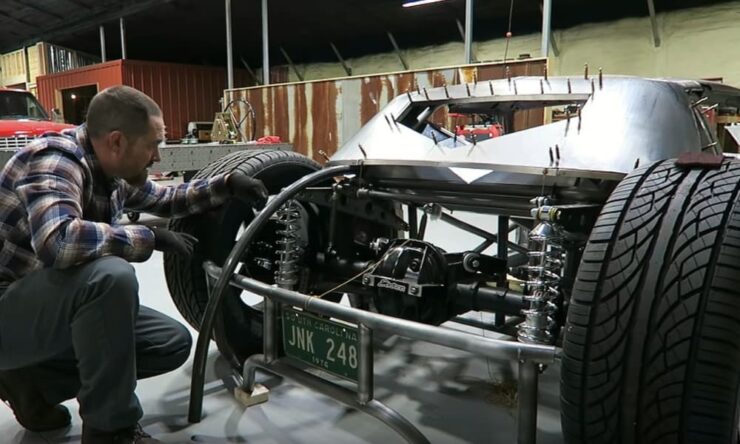
The fact that there is a real replica, a car built from scratch is certainly not the original and some original elements, for example, suspension or exhaust system elements, may not fit, but all the necessary parts are included in the kit.
True, such options, as a rule, are supplied without a power unit, the more room for design creativity. For work, a poorly equipped garage and two pairs of hands are enough.
All that is needed is to understand the voluminous instructions. In practice, you do not have to read the details, but just in case it is advisable to have the necessary tool at hand. The cost of the kits starts at two thousand dollars. For this price, you get a space frame, all body parts, suspension parts, exhaust system, brakes, glass, locks, but there is usually no interior. This is certainly not a problem when you can find everything you need and order a new one. At the same time, the cost of the project does not significantly increase.
Donors as an option
For such purposes, they usually take a car that looks something similar to the model that they are going to build. There are already a great many body kits for specific donors. Such “styling” is a fairly budget solution if you already have a car, but in any case, the time and labor costs are minimal.
The only drawback of using production cars is the availability of such cars in the secondary market for the reason that there are a great many fans of such upgrades as, for example, Ferrari from Toyota MR2. For work, a regular garage will also go, but a little more metal cutting. The cost of body kits depends, of course, on a specific model, but is usually much cheaper due to the lack of a space frame.
All its own, except for the engine, of course
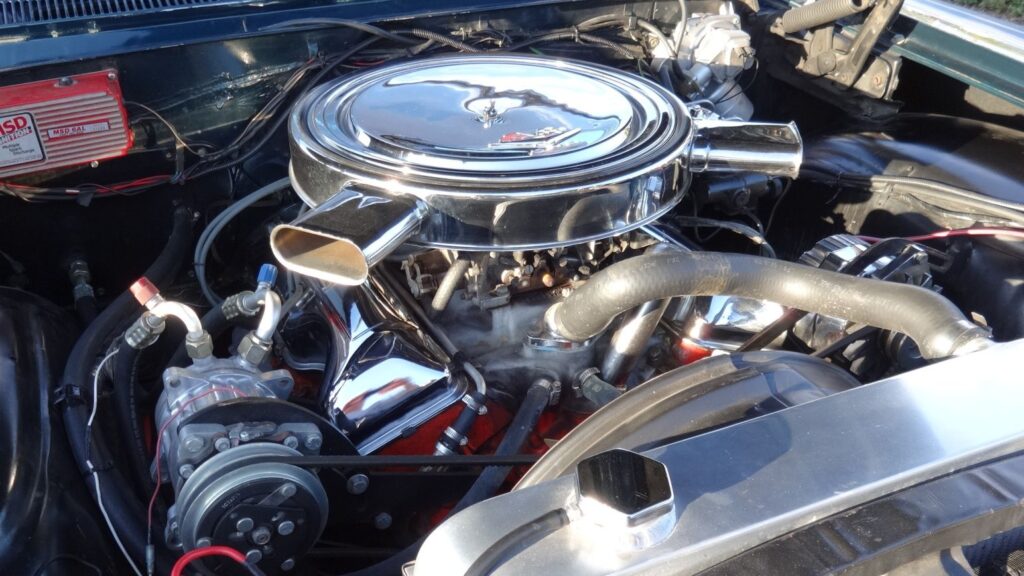
The most flexible method in terms of production methods and model range coverage. You can take measurements from the original car, or you can simply copy someone’s ready-made solutions, once ordering the necessary kit, and taking measurements from it, making plaster prints for the further manufacture of carbon fiber parts. And this option is the only one if the goal is to really establish small-scale production and make money at all stages of car creation, using at least third-party parts. The cost price depends entirely on the sophistication of engineering and the specific methods of manufacturing all the necessary elements.
And in conclusion, whichever path a brave entrepreneur would take, the main thing to remember is that this market is still quite new for Russia, but in the rest of the world it is developing very intensively. Therefore, do not wait for nimble and strong competitors to appear, but start paving the way in a new direction for the automotive industry, as usual, through trial and error.
Retro cars are, first of all, a respectable service life, unique design, piece production and reliability proven for decades.
The age of the car (from 30 years since the release of the last copy of this series or model range);
Limited edition (if the car is under 30 years old, but the production batch was limited or experimental);
The car belonged to a historical person or participated in historical events (such cars “without limitation of the production period”).
What determines the value of a rarity?
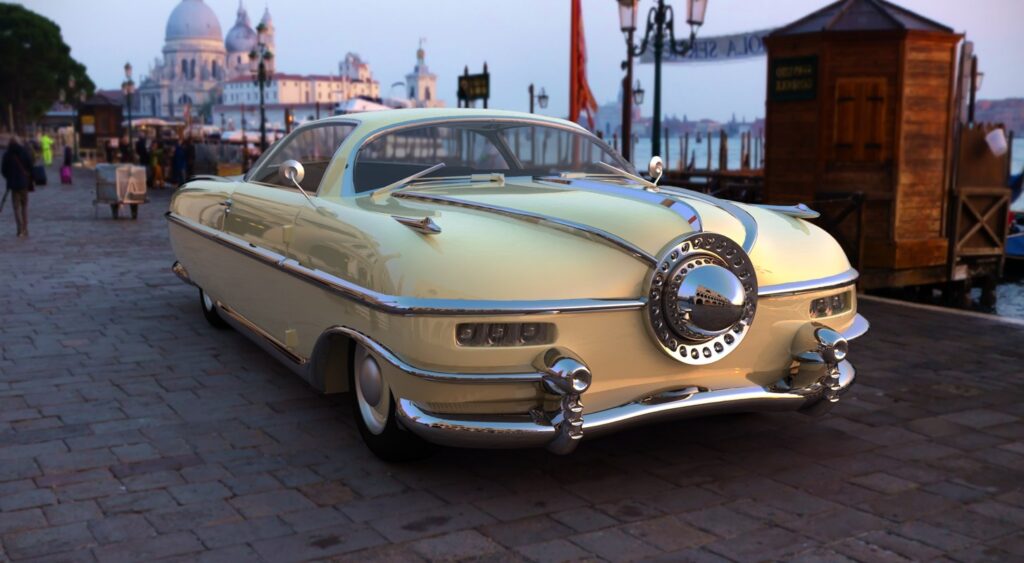
In addition to age and exclusivity, the main criterion is the preservation of the original appearance and the “filling” of the car, in what condition it is.
Another important criterion is serviceability and the possibility of full operation.
How a vintage car can be used
Real masterpieces cost fabulous sums, but the owners still do their best to show off their acquisition and announce it to as many people as possible, or even make good money on it.
So do not rush to send your old friend to the dump. It’s possible that she’s already worth a fortune!
The most expensive retro car
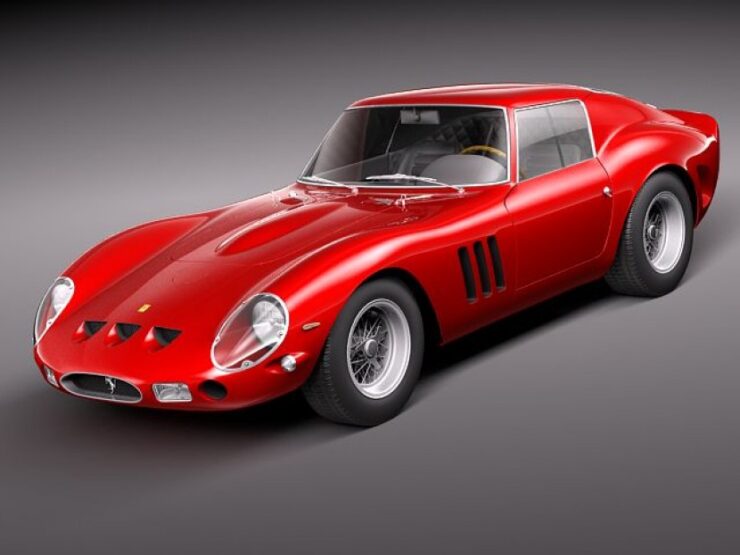
Topping the list is the 1963 Ferrari 250 GTO built for racing. For 2017 it is the most expensive retro car in the world in 2017. And although the buyer is unknown and no confirmation of the sale has been made public, rumor has it that a record $ 52 million was paid for it! The car has a 3 liter engine. and a capacity of 290 liters. with., which allows you to reach speeds of up to 280 km per hour. If you follow the purchase history of the Ferrari 250 GTO, you can see that these cars have always been among the most expensive. One rarity at auction RM was given away for almost $ 19.5 million.
The model is exclusive, only 36 copies of cars came out of production, and all of them have survived to this day. The Ferrari 250 GTO is not often put up for public auction in the world, mainly, the sale and purchase takes place without the participation of journalists, and the cost is not announced. It is reliably known about the purchase of one copy of this car by radio host from England Chris Evans for $ 18 million. He sold three other vintage Ferraris from his collection to get this one, and in 2008, an unknown person bought the same car for $ 28.5 million. Later, they paid $ 32 million for the same model.

